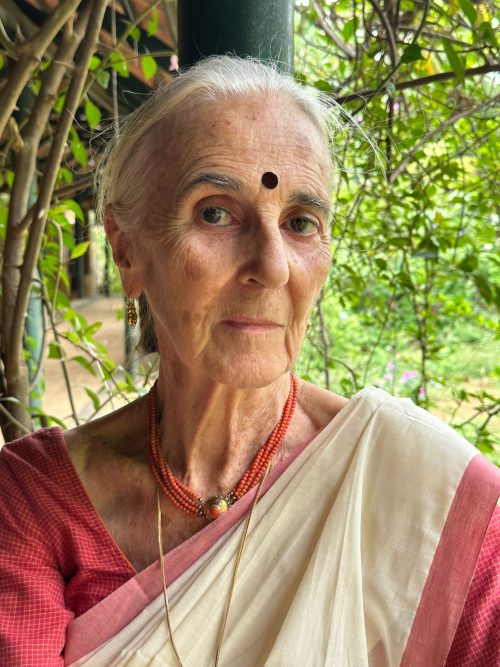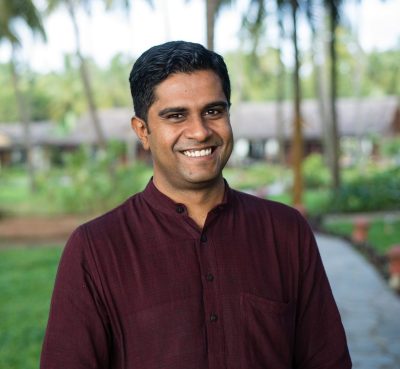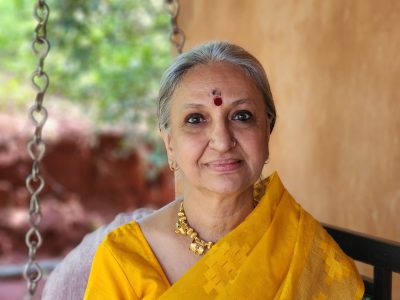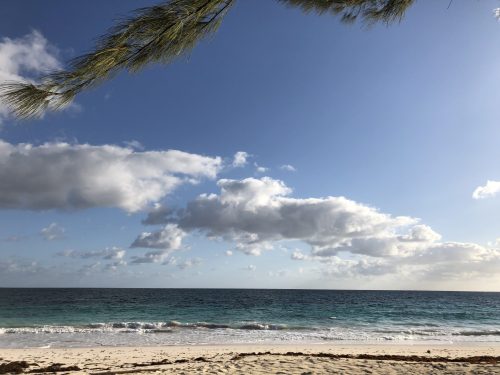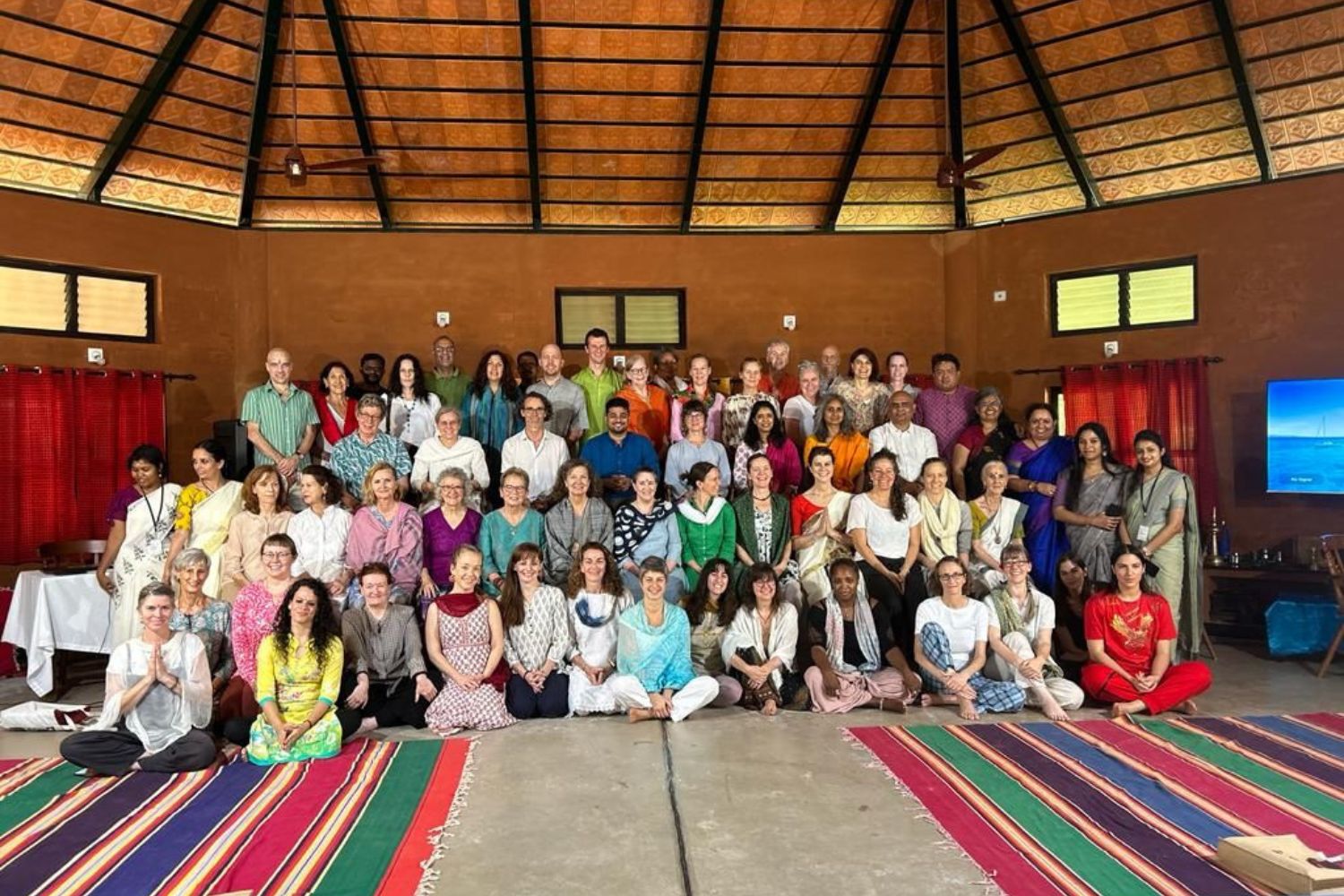Abhinavagupta & Lal Ded (Lalleshvari): Mystic Poets in Daily Life
SatsangamRose Baudin joins Drs. Ramkumar & Claudia to share her love of Abhinavagupta and Lal Ded, two mystic luminaries, and how their works and spirits have influenced her life and yoga practice of over 50 years.


